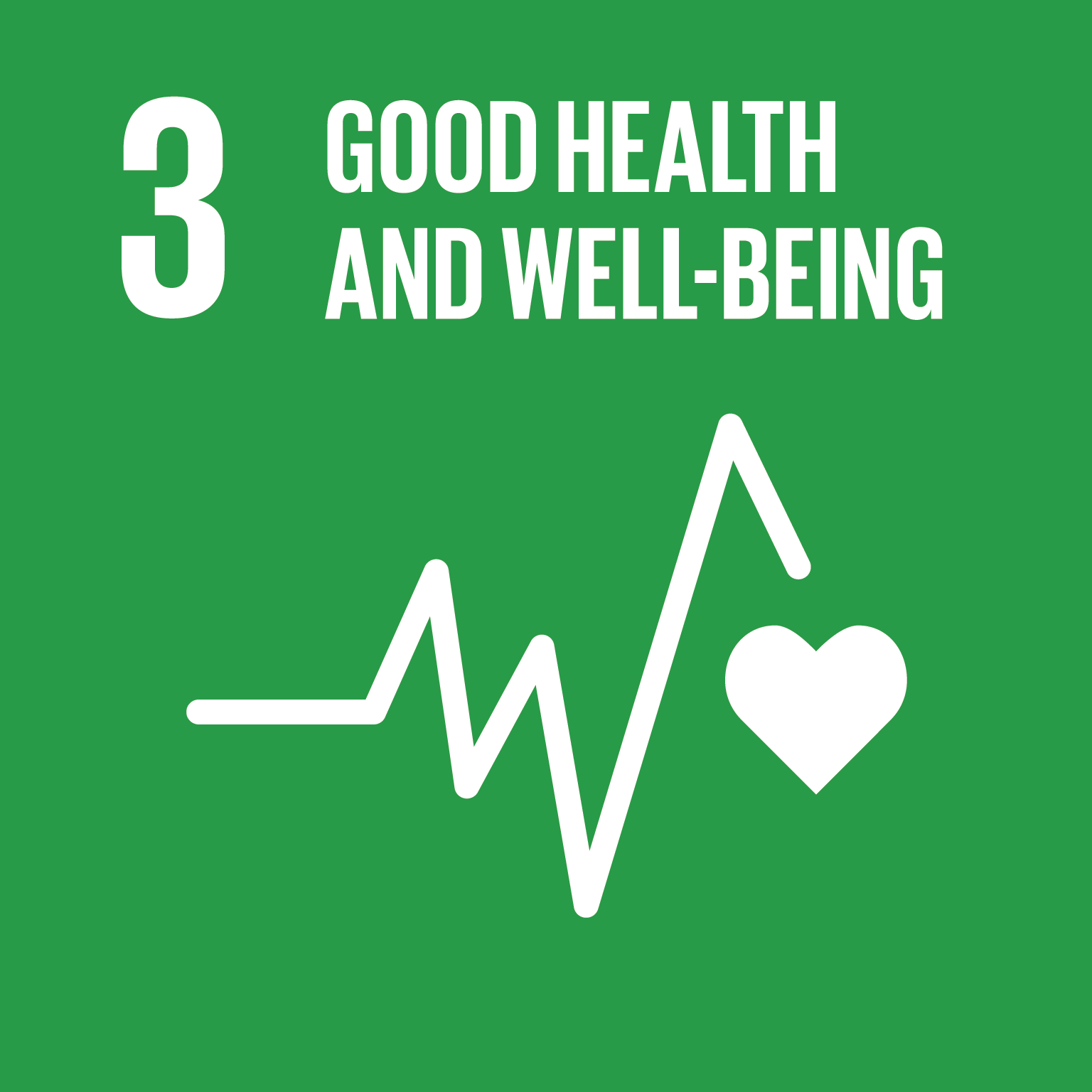Goal 3: Good Health and Well-Being
|
|
|
|
|
|
The Quest for Cinchona Bark to Cure Malaria |
|
|
Quinine, the most famous alkaloid contained in the bark of Cinchona trees, was the main treatment of malaria for several hundred years, and its discovery provides one of the most exciting tales in human history. Modern DNA-based species relationships, analytical chemistry, and bioinformatic tools allows to revisit the evolution and discovery of Cinchona bark and provide clues to new discoveries of malaria active compounds. The main objectives of a PhD project conducted by Carla Maldonado from UCPH, Bolivia and SNM, was to produce a well-resolved and supported phylogeny of tribe Cinchoneae (Rubiaceae) to address various questions within the larger project exploring the Quest for Cinchona such as biodiversity patterns, diversification, correlation with plant defensive chemistry, biogeography of the Andes, population genetics, and taxonomy, among others. You can read more about the Quest for Cinchona on the project's website. Primary Sustainable Development Goals: 3 This text is redirected by The Secretariat for Development Cooperation at SCIENCE from Natural History Museum of Denmark. |
|
Medicinal Properties and Conservation of Aloes |
|
|
Scientists at the Natural History Museum of Denmark are working with an international team of experts to understand what makes Aloe vera different from over 500 related species of Aloe. More than 120 species of Aloes are used in traditional medicine across the globe, yet we know very little about their comparative health qualities. The major chemical components of Aloe are polysaccharides found in the spongy leaf mesophyll (Aloe gel), which have been associated with anti-inflammatory and immuno-modulatory activity. Comparative information of Aloe polysaccharides is still missing and urgently needed for uthentication, assessment of potential new species for the market as well as for conservation policies. The purpose of this PhD project is to develop high-throughput carbohydrate microarrays for comparative mapping and identification of Aloe leaf mesophyll polysaccharides as well as conduct in vitro assays for anti-inflammatory and immune-modulatory activity. The project also seeks to improve our understanding of the evolution of Aloes. |
You can read more about the use of Aloes on the Aloe Origins website. Primary Sustainable Development Goals: 3 This text is redirected by The Secretariat for Development Cooperation at SCIENCE from supervisor on the project, professor Nina Rønsted. |

